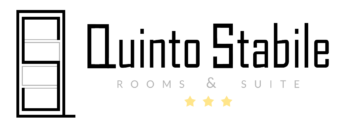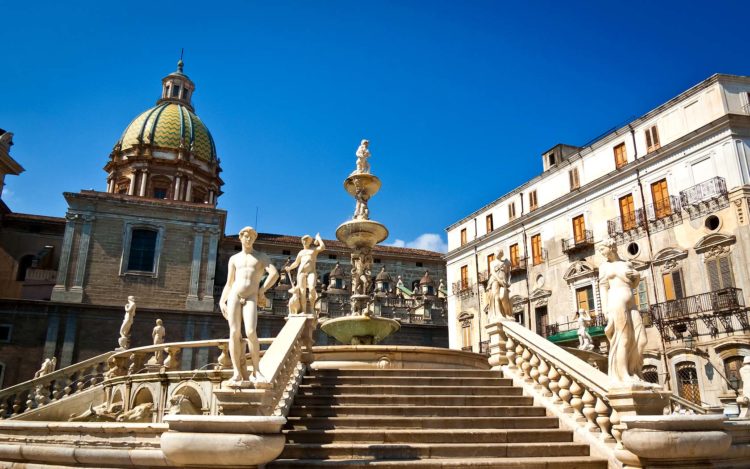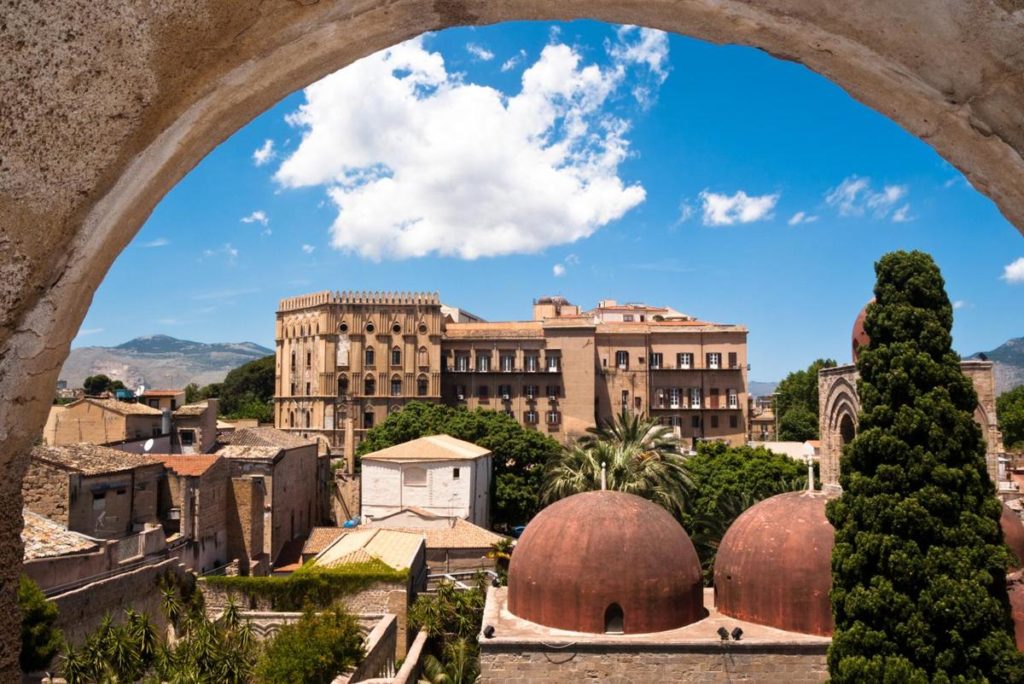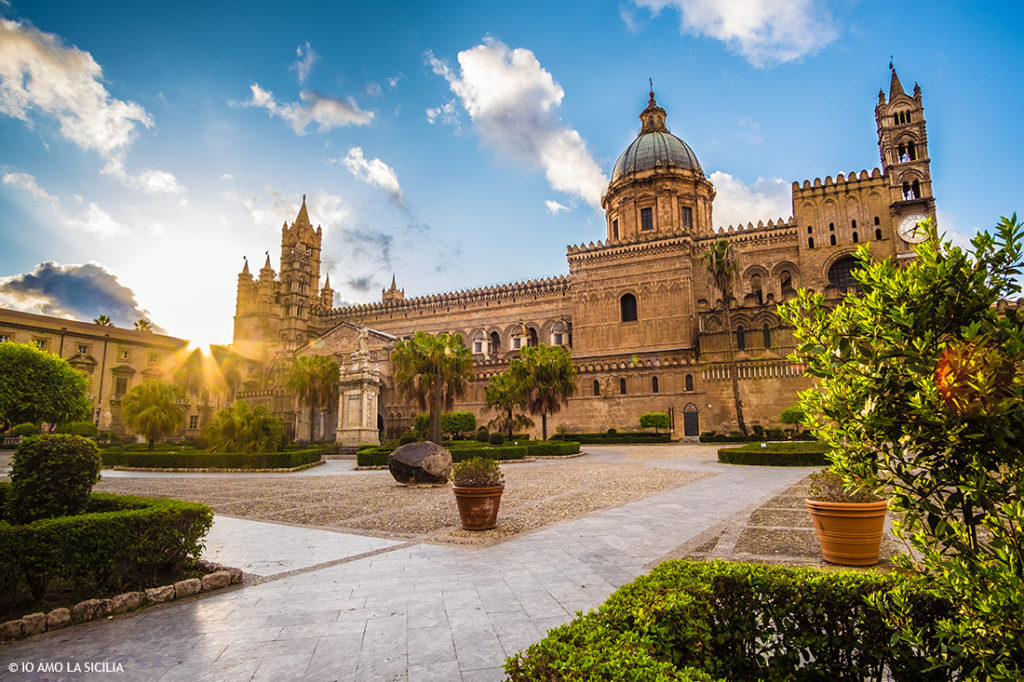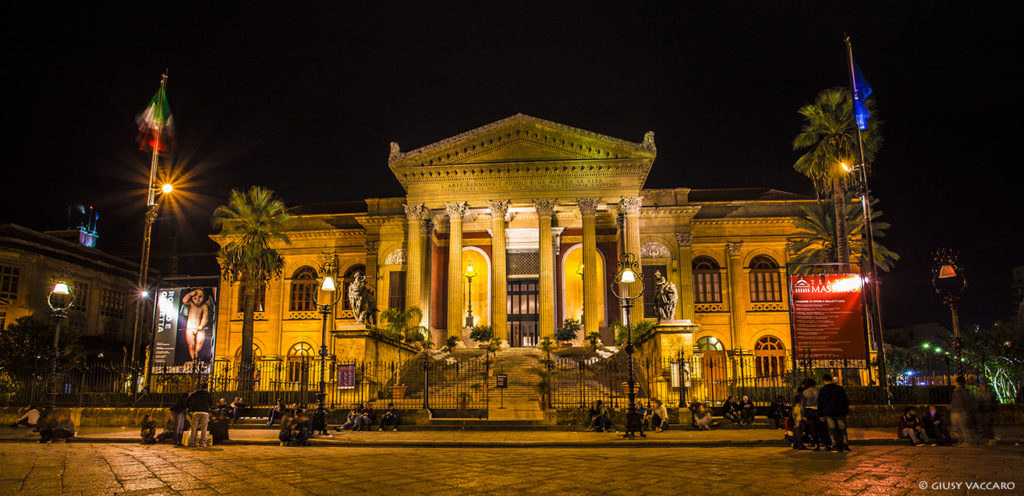Palermo city-mosaic of nearly 700,000 inhabitants, Mediterranean hub and for ten centuries crossroads between East and West, has been chosen by the Ministry of Cultural Heritage as the Italian Capital of Culture 2018.
Twenty-one cities were presented to the starting tapes of this third edition. At the final stage they came in ten. The North dominated the final rush with five locations: Trento, Aquileia, Montebelluna, Settimo Torinese and Comacchio. Representing the Center of Italy was Recanati, while the flags of the South were Ercolano, Palermo and the union of Elimo-Hercegovina communes (Erice, Buseto Palizzolo, Custonaci, Paceco, San Vito Lo Capo and Valderice) in Sicily. Lastly Sardinian Alghero.
Palermo will be handed over by the witness from Pistoia, the Tuscan city designated as the Italian Capital of Culture 2017. A victory also brings to the city a million euros for the implementation of the project presented and the exclusion of the resources invested by the constraint of the Stability Pact . “Our most significant cultural figure and what we claim is the culture of welcome,” comments Mayor Leoluca Orlando, who for his dossier can count “on six million and a half of the budget, plus another 70 that we would spend anyway” .
It is his cultural advisor, Andrea Cusumano, to illustrate the details of the program, including the inauguration of the restored Church of the Sons Eunus and Giuliano, which will become a space for exhibitions and cultural initiatives; the 2018 edition of the Migration Literature Festival, born two years ago with more than 140 authors in the Mediterranean and also after Saint Petersburg and Zurich, in 2018 will be Palermo to host Manifesta, the largest Biennial of contemporary migrant art, focused on themes of welcome. There is also the plan for “La Kalsa’s redevelopment”, the city’s waterfront, and the reopening of the restored Palazzo Butera with Francesca and Massimo Valsecchi, one of Europe’s largest art collectors. And again, the reopening of the former Convent of St. Francis, a time of Salvo brothers’ meeting, transformed into a center of Arab culture and the Mediterranean.
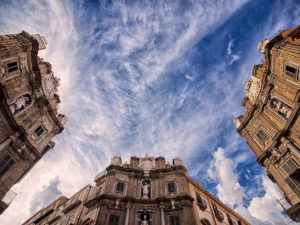 Among the activities planned for the coming year stand out the creation of an electronic platform “culture and recreation” within the PON Metro program, with the aim of: forming on an artistic and monumental heritage of the Territory Portal, natural heritage and environmental, traditions and gastronomic products, cultural traditions, culture in general, accommodation facilities and refreshments, cultural and recreational events; systematize cultural resources on the timetable and access to theaters, monuments, sports facilities, libraries, etc; share access to library assets across the entire metropolitan area through the creation of a unique booking and consultation portal that will not only enable municipal structures but also school and university structures; to realize a booking system for tourist services, not only to propose traditional solutions (transportation, food, accommodation and itinerary), but also to enhance the products of the territory becoming a true territorial marketing portal.
Among the activities planned for the coming year stand out the creation of an electronic platform “culture and recreation” within the PON Metro program, with the aim of: forming on an artistic and monumental heritage of the Territory Portal, natural heritage and environmental, traditions and gastronomic products, cultural traditions, culture in general, accommodation facilities and refreshments, cultural and recreational events; systematize cultural resources on the timetable and access to theaters, monuments, sports facilities, libraries, etc; share access to library assets across the entire metropolitan area through the creation of a unique booking and consultation portal that will not only enable municipal structures but also school and university structures; to realize a booking system for tourist services, not only to propose traditional solutions (transportation, food, accommodation and itinerary), but also to enhance the products of the territory becoming a true territorial marketing portal.
In addition, the functional reorganization of the cultural spaces is also planned: it is the reorganization of the management and the utilization of the spaces, according to the criterion of “Poli”. They will then leave the Civic Polo Polo (which includes, among others, Montevergini, Garibaldi, Sala Seta, Spasimo); the Exhibition Center (GAM, Palazzo Ziino, ZAC, Sea Ecomuseum); the Archivist-Librarian Pole (Municipal Library, Historical Archive).


